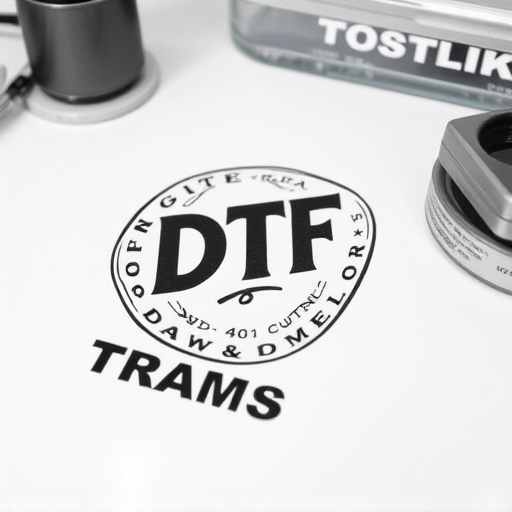Airaid filters enhance engine performance by capturing contaminants, requiring regular visual inspections every 10,000 km or 3 months, as recommended by manufacturers. Adhering to the structured maintenance plan, including timely filter replacements, ensures optimal engine efficiency, improved fuel economy, better power output, reduced wear on internal components, and ultimately saves money while extending equipment lifespans in critical applications like industrial machinery and automobiles.
“Optimizing your vehicle’s performance starts with understanding its core components. This article guides you through the essential practice of visual inspection, focusing on Airaid filters and their crucial role in enhancing engine efficiency. We’ll explore a strategic Airaid filter replacement schedule and highlight regular maintenance practices to ensure optimal performance. By implementing these visual inspection guidelines, you can keep your vehicle running smoothly, ensuring long-lasting engine health and fuel efficiency.”
- Understanding Airaid Filters and Their Functionality
- Creating a Visual Inspection Schedule
- Maintaining Optimal Performance Through Regular Checks
Understanding Airaid Filters and Their Functionality

Airaid filters are designed to enhance engine performance and protect against contaminants in the air that enters your vehicle’s intake system. These high-flow, synthetic filters are known for their superior efficiency in capturing dust, dirt, pollen, and other particles, allowing only clean, cool air into the engine. Understanding how they work and following a proper Airaid filter replacement schedule is crucial for maintaining optimal engine performance and longevity.
Regular maintenance includes checking the filter’s condition, measuring airflow, and replacing it as recommended by the manufacturer. The typical Airaid filter replacement interval varies based on driving conditions and environmental factors. By adhering to this maintenance routine, you ensure your vehicle’s engine receives the clean air it needs, which can lead to better fuel efficiency, improved power output, and reduced wear and tear on internal components.
Creating a Visual Inspection Schedule

Creating a visual inspection schedule is a critical step in maintaining optimal performance and extending the lifespan of your equipment, especially when it comes to components like the Airaid filter. Regular maintenance ensures any potential issues are identified early on, preventing costly breakdowns. Start by establishing a timeline based on manufacturer recommendations and operational demands. For instance, a typical Airaid filter replacement schedule might dictate inspections every 10,000 kilometers or at three-month intervals, depending on the vehicle’s usage.
This process involves setting aside dedicated time to thoroughly examine various parts, including the air filters. During each inspection, look for signs of wear and tear, such as accumulated dirt, debris, or moisture buildup. Remember that a well-maintained Airaid filter not only improves engine efficiency but also contributes to cleaner air intake, resulting in better overall performance.
Maintaining Optimal Performance Through Regular Checks

Regular visual inspections and adhering to a structured maintenance plan, such as the recommended Airaid filter replacement schedule, are paramount for optimal performance across various systems and equipment. By dedicating time to meticulous checks, users can identify potential issues at their inception, preventing escalation and costly repairs. Visual inspections enable early detection of wear and tear, contamination, or blockages that might hinder functionality.
For instance, in the context of Airaid filters, a routine inspection reveals whether replacement is needed. Regular maintenance not only enhances efficiency but also ensures consistent outcomes, especially in critical applications like industrial machinery or automotive systems where clean air intake is essential. This proactive approach reduces downtime and extends the lifespan of components, ultimately contributing to cost savings and improved overall performance.
Regular visual inspections and adhering to an efficient Airaid filter replacement schedule are key to ensuring optimal engine performance. By implementing these simple yet effective guidelines, vehicle owners can maintain their Airaid filters in top condition, enhancing overall efficiency and reducing the risk of costly breakdowns. Remember, proactive maintenance is always better than reactive repair, so keep these practices in mind for hassle-free driving.














